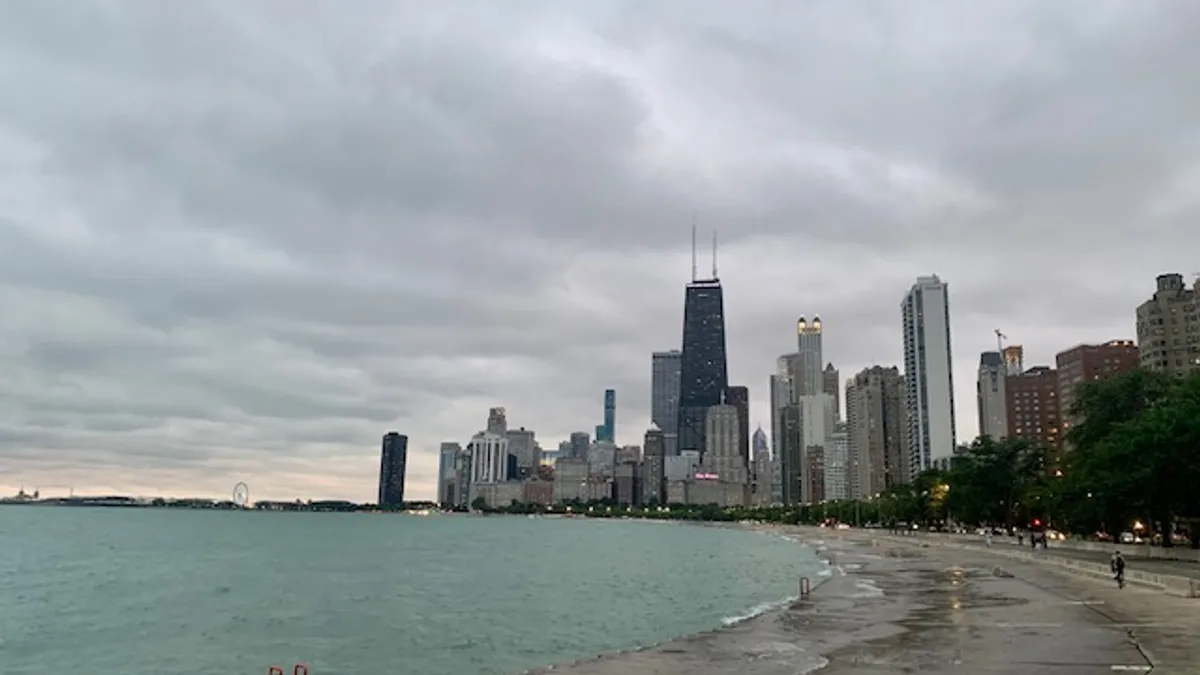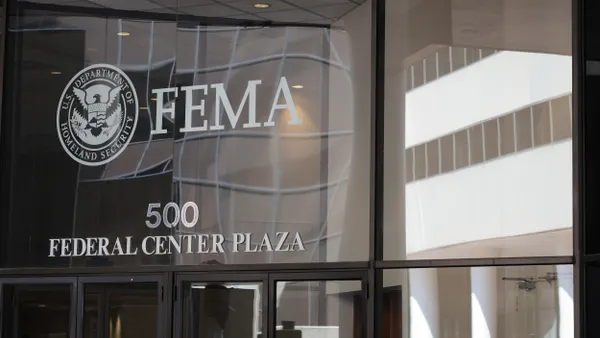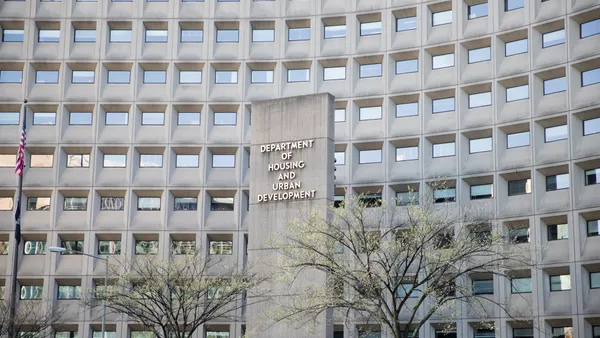Dive Brief:
- Cities, villages and other jurisdictions along the Great Lakes and St. Lawrence River face nearly $2 billion in costs over the next five years to address coastal damage driven by climate change, per survey results released last week by the Great Lakes and St. Lawrence Cities Initiative (GLSLCI).
- According to survey responses, 95% of city officials say they’re highly or moderately concerned about coastal damage and 99% said there has been a consistent or increasing public interest in the issues. However, only 27% of respondents said their staff was highly knowledgeable on coastal issues and just 11% said they had a “high level of capacity” to respond to coastal problems.
- Jonathan Altenberg, executive director of the Initiative, said the survey results should send a message to federal legislators as they debate a comprehensive infrastructure plan that could direct more money and ease policy around coastal issues. "These are big issues, there’s a lot of infrastructure at risk here," Altenberg said.
Dive Insight:
Climate change has warmed water in the Great Lakes, contributing to greater fluctuations between typical seasonal shifts in water levels. Record-high water levels in recent years have contributed to flooding and more intense storms, which in turn erode shorelines and damage coastal infrastructure like roads, bridges and docks. On the other hand, low water levels can impact ship traffic and render some beaches and marine infrastructure useless, and can create potential sewage and wastewater problems.
Walter Sendzik, the mayor of St. Catharines, Ontario, and chair of the Cities Initiative, said in a statement that the abnormal ebb and flow "are leading to greater erosion and flooding that threaten public and private properties, critical infrastructure, and recreation and tourism amenities in shoreline communities."
According to findings from the GLSLCI survey, shoreline communities spent $878 million over the past two years on coastal resilience and repairs, including emergency measures to install new sea walls and flood protection. The survey — which had nearly 300 responses from 241 jurisdictions in eight states and two Canadian provinces that border the Great Lakes and St. Lawrence River — reflects only costs to public infrastructure like roads, beaches and harbor fronts. Including private buildings would increase the potential damage from flooding and erosion by a significant amount.
Funding is a major obstacle to addressing coastal damage. A May survey by nonprofit CDP found 25% of cities say budget constraints are the top barrier to climate adaptation plans.
The $1.2 trillion bipartisan infrastructure compromise the White House crafted with a group of senators does not include a specific title for coastal restoration or shorelines, although the administration’s original American Jobs Plan proposal did have money dedicated to coastal resilience. Altenberg said member cities and partners have been pushing for the Great Lakes to see dedicated funding in that package or a potential followup bill that includes more spending related to the impacts of climate change. Members have also called for continued funding for the Great Lakes Restoration Initiative, a federal environmental program established in 2010.
However, he said, it’s not only about funding. The federal government could do more to educate cities about green infrastructure and the best resilience strategies, as well as streamline other requirements.
"Smaller cities especially don’t have the staff to apply for grants or get funding or take on some of these complex future issues," Altenberg said. "Not having the capabilities for future planning is a real problem … and we need the federal and state governments to provide more resources on what solutions are available."











